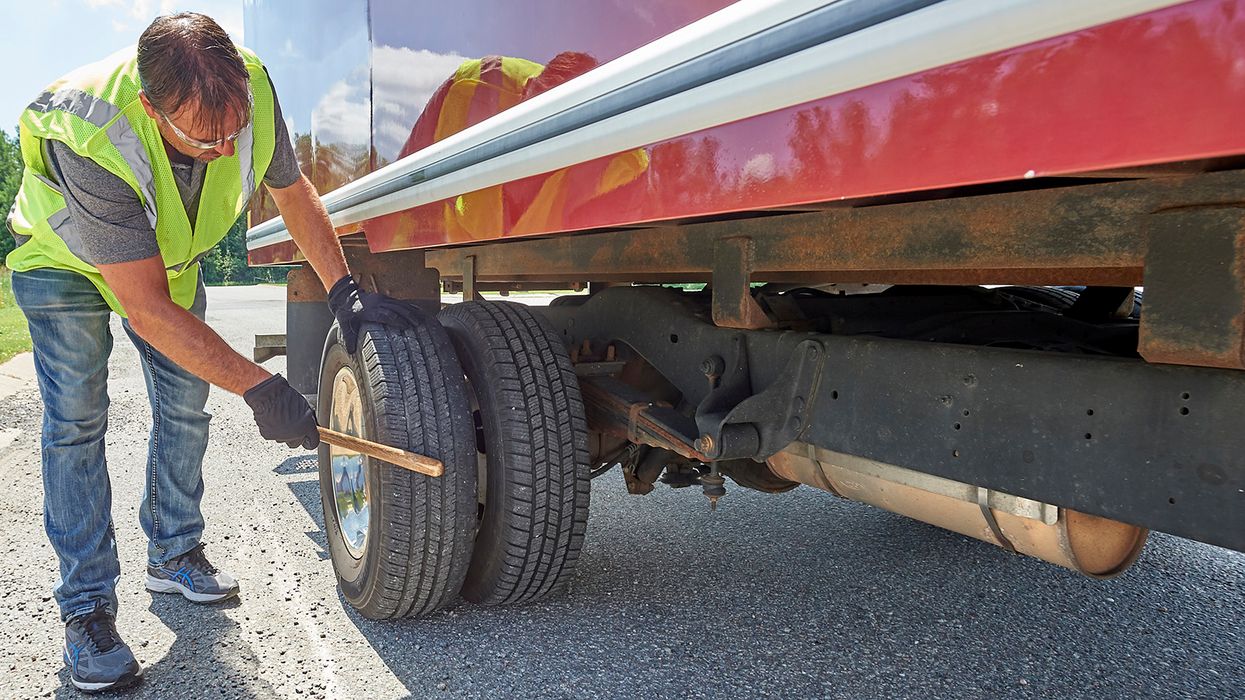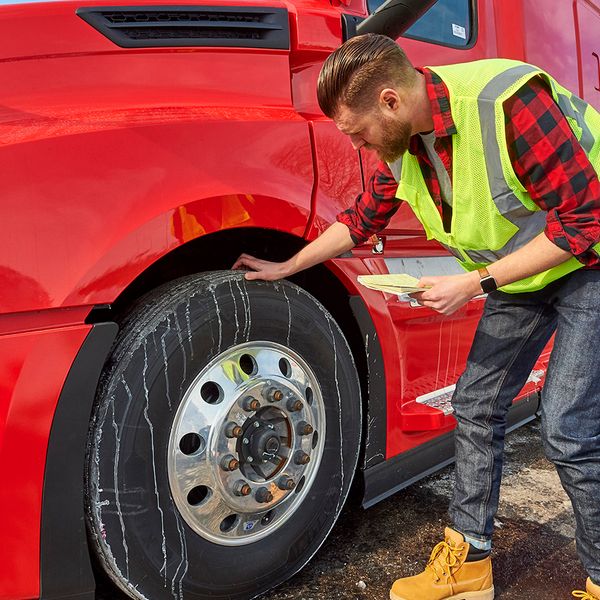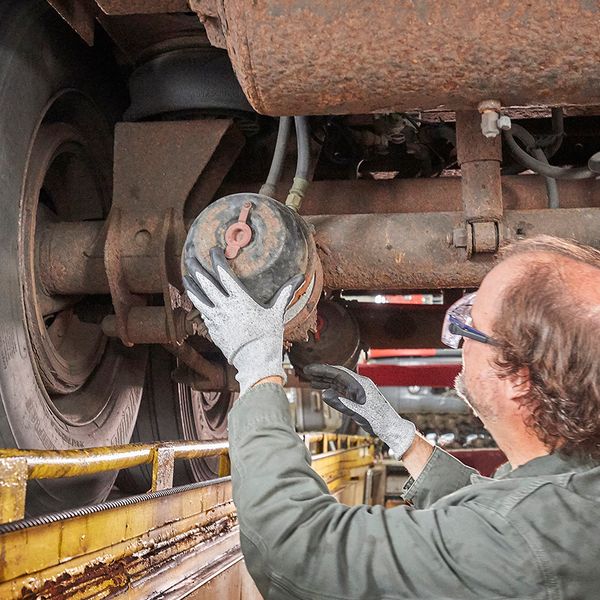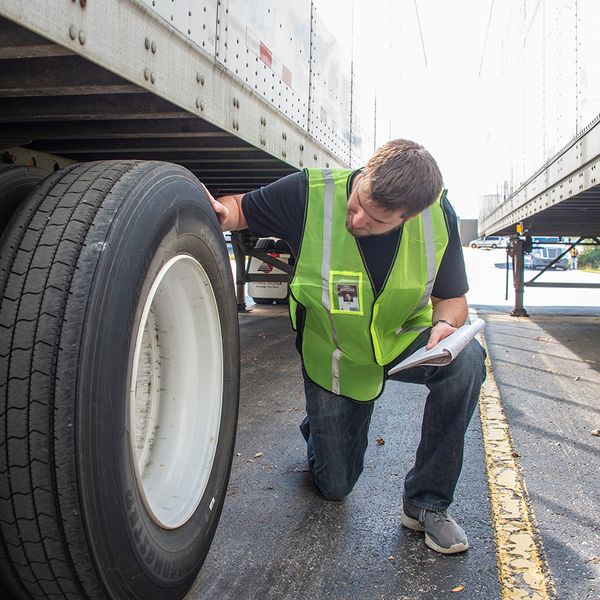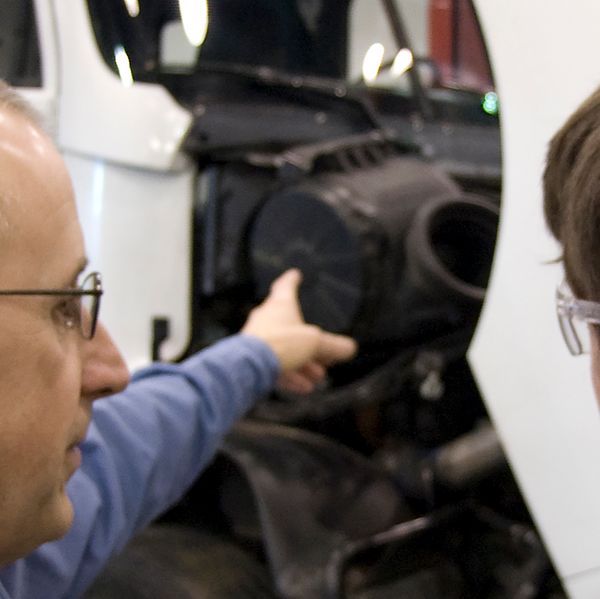Defective truck tires and accidents: Who is at fault?
Did you know that one of the leading causes of a major semi-truck accident is a tire blowout? Likely, we have all seen it: chunks of rubber lying all over the road and the shoulder. Tire blowouts most likely caused the rubber debris and shredded tires you see. If your company is involved in an accident as a result of this kind of tire blowout, who is at fault, and what can be done differently? Let’s look at a few of the people that may be held accountable for this kind of accident and what each person needs to do to ensure you can mitigate fault.
Your truck drivers
Ensure your truck drivers are completing vehicle pre-trip inspections. Pre-trip inspections are one of the most important tasks they need to do before any trip. Not only will this simple process keep your drivers safe, but it is also the law. It’s during the pre-trip inspection when drivers must check the tires for any visible deficiencies that could lead to major issues or tire failure. For example, make sure your drivers are regularly:
- Checking tire pressures,
- Watching for wear (tread depth),
- Check tire sidewalls (cuts, bulging)
- Check for tread separation
Check for objects (rocks, nails etc.) A simple pre-trip inspection helps drivers get in tune with the truck before they drive. This helps keep your drivers and other road users safer.
You, as the motor carrier
As the motor carrier, having a robust general maintenance and tire inspection program outside of just the pre-trip inspections should also be in place according to the National Safety Code requirements. Part of this program must include regular auditing of your driver’s pre-trip records and correcting any identified deficiencies. Documenting these efforts as part of your maintenance program can help you avoid tire deficiencies.
Your maintenance provider
While the driver may be the one to blame in some cases, also take a closer look at the maintenance provider as well. Tire mounting and other tire services are often being outsourced to third-party companies these days. So, if the accident was a result of something the third-party maintenance provider failed to do with the truck, then they may be held liable. For example, if the technicians were not properly trained, regulations were not adhered to, or manufacturers’ specifications were not followed.
Tire manufacturers
You should also have a look at the tire manufacturer. We take it for granted when we purchase products from a manufacturer that they are good and safe to use, but sometimes the tires are defective. Tire tread problems and adhesion separation have resulted in tire recalls. These defects, if not addressed appropriately, can cause accidents. Often, it is only after the tire blowout that we discover the tires were defective in the first place. Making sure your maintenance program includes a robust tire inspection program along with a regular schedule for checking manufacturer recalls will help. You can stay informed of any tire recalls and can repair or replace the recalled tires before they become an issue.
Doing your due diligence
If you have ever been involved in a trucking accident due to a tire blowout, you know that it is rough and tricky terrain to navigate. Your ultimate goal is to prevent at-fault charges. This can be difficult considering the different factors at hand: your drivers, your maintenance program and provider, and the tires themselves.
Ensuring you do your due diligence as a motor carrier is key. Regularly review your processes and make sure they cover what is needed. Mitigating the risks of defective tires and tire blowouts and preventing at-fault charges are possible.
Key to remember: Tires are built to withstand a lot, but still require preventive maintenance to make sure you will always be safe while driving. Taking the steps to make sure your tires are well-maintained will reduce the risks of experiencing a tire blowout on the road. Tire blowouts are a serious safety issue.

